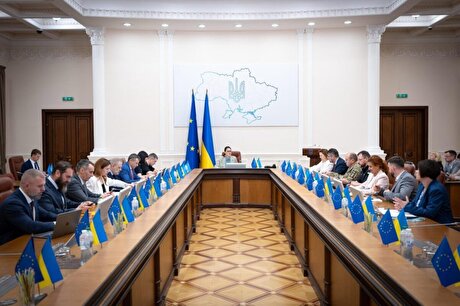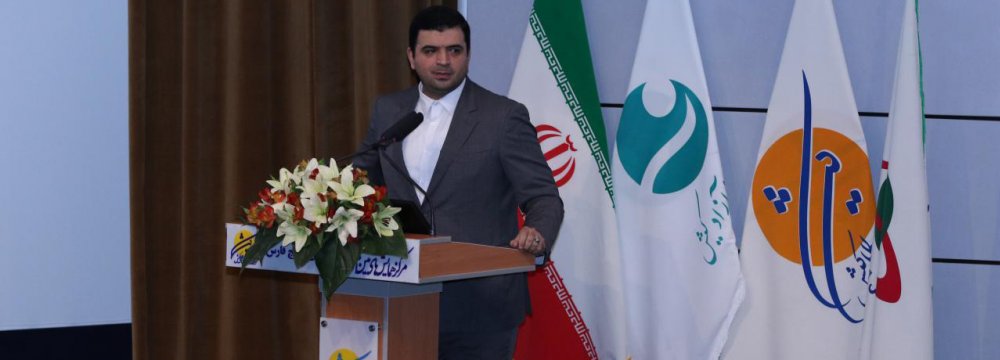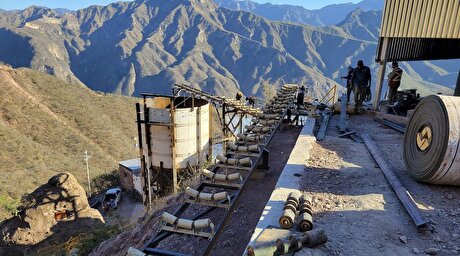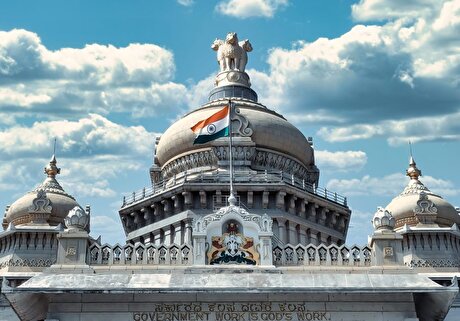
Foreign Investments in Iran Debt Market Reach $8b

“Out of the $8 billion, 9% are invested in sukuk, 26% in Ijarah, 8% in Murabaha and over 56% in Islamic bonds,” the official said, referring to different types of Islamic debt securities in Iran.
Noting that government-issued bonds dominate the sector in Iran, Hamouni said Iran has never defaulted on its debt, adding that the over-the-counter market Iran Fara Bourse accounts for 82% of all the bonds issued in the country.
Iran has one of the most advanced Islamic markets in the region and issues a wide range of sukuk, or non-interest debt securities.
The Iranian debt market currently offers returns on investment of up to 18% after a recent cut in bond yields.
“Even though yields have dropped, the debt market still offers superior ROI compared to other countries’ bond markets,” he was quoted as saying by IRNA.
According to the head of Securities and Exchange Organization, Shapour Mohammadi, about $5 billion worth of Islamic bonds are slated to be issued in the current fiscal year (2017-18).
Iran’s Treasury sold its first batch of government bills, called Islamic Treasury Bills (a type of short-term sovereign debt), to domestic investors in September 2015. The government redeemed holders of its first batch of the bonds in March 2016, paying holders 5.58 trillion rials ($164 million at market exchange rate) in the process. The bills were given to government contractors in lieu of overdue payments.
The capital market officials made the remarks on the sidelines of the Ninth International Exhibition on Iran’s Investment Opportunities, held alongside the Fourth Kish International Exhibition on Exchange, Banking, Insurance and Privatization on Kish Island from Tuesday to Thursday.
Senior economic, financial and political officials from the world over, including Germany, Switzerland, Turkey, India, South Korea, Lebanon, the United Kingdom, South Africa and Indonesia, visited the events.
Hamouni said a total of 946 foreigners were trading in Iran’s capital market as of the end of the seventh Iranian month (Oct. 22).
“The number has grown 16% compared with last year’s similar period,” he said.
According to the Central Securities Depository of Iran, currently foreign investors from the United States, the United Kingdom, Spain, Russia, Germany, Switzerland, Sweden, Poland, Uzbekistan, Azerbaijan, China, the Netherlands, India, Turkey, Lebanon, South Africa, Japan, Cyprus, Italy, Norway, Greece, Indonesia, Maldives, Canada, Hong Kong, Qatar, Iraq, Pakistan, Syria, Luxembourg, Kuwait, New Zealand, Malaysia, South Korea, Georgia, Armenia, Virgin Islands, Nigeria and Afghanistan are trading in Iran’s capital market.


KoBold Metals granted lithium exploration rights in Congo

Freeport Indonesia to wrap up Gresik plant repairs by early September

Kyrgyzstan kicks off underground gold mining at Kumtor

Luca Mining expands Tahuehueto mine with Fresnillo land deal

Equinox Gold kicks off ore processing at Valentine mine

India considers easing restrictions on gold in pension funds

Critical Metals, Ucore ink 10-year offtake deal to supply rare earths to US plant

Critical Metals, Ucore ink 10-year offtake deal to supply rare earths to US plant

Equinox Gold kicks off ore processing at Valentine mine

India considers easing restrictions on gold in pension funds

Luca Mining expands Tahuehueto mine with Fresnillo land deal

Kyrgyzstan kicks off underground gold mining at Kumtor

Ukraine launches tender for major lithium deposit

KoBold Metals granted lithium exploration rights in Congo

















